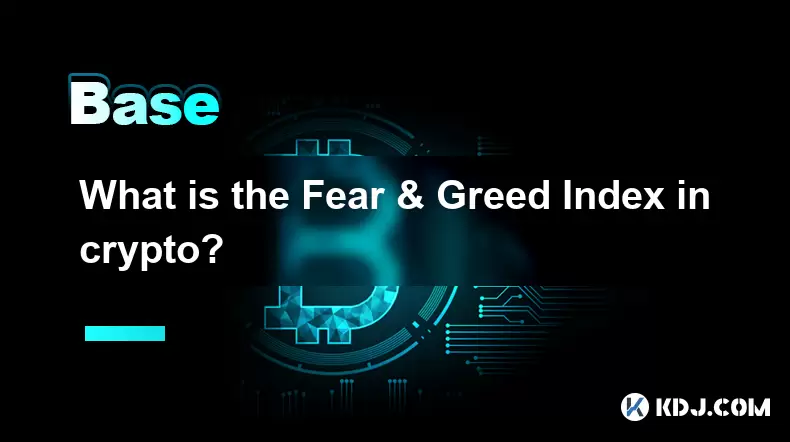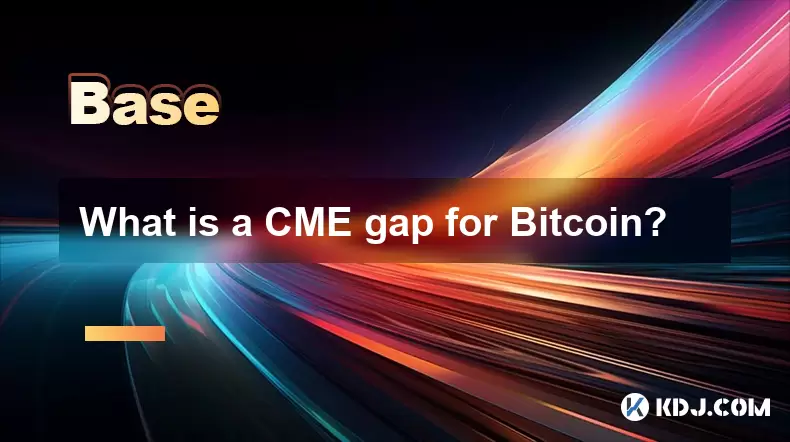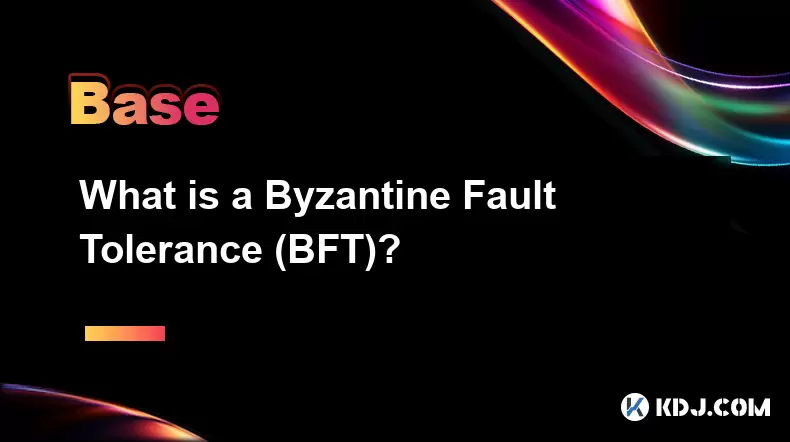-
 Bitcoin
Bitcoin $109,459.7682
2.44% -
 Ethereum
Ethereum $2,598.6052
6.29% -
 Tether USDt
Tether USDt $1.0003
0.00% -
 XRP
XRP $2.2734
3.95% -
 BNB
BNB $661.4886
1.58% -
 Solana
Solana $155.4825
4.35% -
 USDC
USDC $0.9999
-0.02% -
 TRON
TRON $0.2838
1.04% -
 Dogecoin
Dogecoin $0.1740
8.25% -
 Cardano
Cardano $0.6047
9.04% -
 Hyperliquid
Hyperliquid $40.2302
6.50% -
 Sui
Sui $2.9863
10.05% -
 Bitcoin Cash
Bitcoin Cash $509.5786
0.60% -
 Chainlink
Chainlink $13.8156
6.03% -
 UNUS SED LEO
UNUS SED LEO $9.0142
0.69% -
 Avalanche
Avalanche $19.0337
8.68% -
 Stellar
Stellar $0.2438
5.17% -
 Toncoin
Toncoin $2.9012
3.59% -
 Shiba Inu
Shiba Inu $0.0...01210
6.20% -
 Litecoin
Litecoin $90.0882
7.05% -
 Hedera
Hedera $0.1597
8.53% -
 Monero
Monero $326.3340
2.88% -
 Polkadot
Polkadot $3.6365
9.32% -
 Bitget Token
Bitget Token $4.6162
2.72% -
 Dai
Dai $1.0001
0.00% -
 Ethena USDe
Ethena USDe $1.0002
-0.01% -
 Uniswap
Uniswap $7.6403
10.47% -
 Pepe
Pepe $0.0...01060
12.03% -
 Aave
Aave $281.3664
7.56% -
 Pi
Pi $0.4992
1.76%
What is the Fear & Greed Index in crypto?
The Fear & Greed Index gauges crypto market sentiment from extreme fear (0) to extreme greed (100), helping investors identify emotional extremes that may signal buying or selling opportunities.
Jul 03, 2025 at 03:49 am

Understanding the Fear & Greed Index in Cryptocurrency
The Fear & Greed Index is a popular sentiment indicator used in the cryptocurrency market to gauge the overall mood of investors. It operates on a scale from 0 to 100, where 0 represents extreme fear, and 100 represents extreme greed. This index helps traders and investors understand whether the market is currently being driven by panic or euphoria.
The tool was initially developed for traditional financial markets but has since been adapted specifically for cryptocurrencies due to their high volatility and emotional trading patterns. The crypto version is often provided by platforms like Alternative.me, which calculates the index daily based on multiple data points related to market behavior and social sentiment.
Key Takeaway: The Fear & Greed Index serves as a psychological barometer, helping investors make more rational decisions by highlighting extremes in market emotions.
How Is the Crypto Fear & Greed Index Calculated?
The Crypto Fear & Greed Index combines several weighted factors to arrive at its final score. Each component contributes differently to the overall reading. Here’s a breakdown of the primary inputs:
- Volatility (25%): Compares current price movements against the 30-day and 90-day averages to assess if prices are swinging excessively.
- Market Momentum/Volume (25%): Analyzes whether buying or selling pressure is unusually high compared to historical levels.
- Social Media (15%): Monitors engagement levels on platforms like Twitter, Reddit, and other forums to detect shifts in public sentiment.
- Surveys (15%): Aggregates results from investor sentiment surveys conducted by various crypto analytics firms.
- Dominance Trends (10%): Measures Bitcoin's dominance over the total market cap, which can signal confidence in altcoins or a flight to safety.
- Google Trends Data (10%): Tracks search interest in keywords related to Bitcoin and cryptocurrencies.
These elements are normalized and combined into a single value that reflects the prevailing market psychology.
What Do Different Fear & Greed Index Values Mean?
The index values fall into five main categories, each indicating a different emotional state in the market:
- Extreme Fear (0–24): Investors are panicking, leading to oversold conditions. This could be a potential buying opportunity.
- Fear (25–49): Market participants are cautious, and prices may still be undervalued.
- Neutral (50–54): Sentiment is balanced, with no strong bias toward fear or greed.
- Greed (55–74): Optimism dominates, and prices may be rising rapidly. Caution is advised.
- Extreme Greed (75–100): Euphoric sentiment suggests a possible market top. Traders should consider profit-taking strategies.
It’s important to note that while these readings offer insight, they should not be used in isolation for making investment decisions.
How Can Traders Use the Fear & Greed Index Effectively?
Traders often use the Fear & Greed Index as a contrarian indicator. For example:
- When the index falls into the Extreme Fear zone, it might signal that the market has overreacted to negative news, presenting an entry point for buyers.
- Conversely, when the index reaches Extreme Greed, it may indicate that the market is overheated, suggesting it’s time to take profits or tighten stop-loss orders.
Some traders combine this index with technical analysis tools like moving averages or RSI to confirm signals. Others integrate it into automated trading systems or sentiment-based strategies.
However, relying solely on sentiment indicators can be risky, especially during periods of rapid change or unexpected macroeconomic events.
Limitations and Considerations When Using the Index
While the Fear & Greed Index is a valuable tool, it comes with certain limitations:
- Delayed Reactions: Since the index updates once per day, it may not reflect real-time changes in sentiment, especially during fast-moving market conditions.
- Data Source Bias: The accuracy of social media and survey components depends heavily on the quality and representativeness of the underlying data sources.
- Interpretation Variability: Different traders interpret the same index reading differently based on personal strategies and risk tolerance.
Additionally, because the index aggregates multiple variables, it may sometimes mask nuances in individual components. Therefore, users should always cross-reference with other analytical tools and market fundamentals.
Frequently Asked Questions
Q: Can the Fear & Greed Index predict market crashes or rallies?
A: No, it cannot predict specific events. However, it can highlight when the market is exhibiting extreme sentiment, which may precede significant price movements.
Q: How often is the Fear & Greed Index updated?
A: The index is typically updated once every 24 hours, usually around midnight UTC.
Q: Is there a Fear & Greed Index for specific cryptocurrencies like Ethereum?
A: Currently, the widely available Fear & Greed Index focuses on the overall cryptocurrency market, primarily using Bitcoin as a reference. There isn’t a mainstream version dedicated to individual altcoins.
Q: Why does Bitcoin dominance affect the Fear & Greed Index?
A: Bitcoin dominance reflects investor confidence in the broader market. A drop in dominance often signals increased interest in altcoins, while a rise indicates risk aversion, both of which influence overall sentiment.
Disclaimer:info@kdj.com
The information provided is not trading advice. kdj.com does not assume any responsibility for any investments made based on the information provided in this article. Cryptocurrencies are highly volatile and it is highly recommended that you invest with caution after thorough research!
If you believe that the content used on this website infringes your copyright, please contact us immediately (info@kdj.com) and we will delete it promptly.
- Crypto Summer Buys: Is Shiba Inu Out, and What's In?
- 2025-07-03 18:30:12
- Bitcoin, Solaris Presale, and Coin Watch: Catching the Next Wave
- 2025-07-03 19:10:11
- BONK ETF Buzz: Catalyst for a Meme Coin Moonshot?
- 2025-07-03 19:50:12
- Sui Coin, Bitcoin Solaris, and the Presale Opportunity: Catching the Next Wave
- 2025-07-03 19:50:12
- Sui Coin, Bitcoin Solaris, and Presale Opportunities: What's the Buzz?
- 2025-07-03 19:55:14
- MEXC's Bitcoin Reserves: A Fortress of Asset Coverage
- 2025-07-03 19:55:14
Related knowledge

What is open interest in derivatives?
Jul 03,2025 at 02:49pm
Understanding Open Interest in DerivativesOpen interest is a critical metric used in the cryptocurrency derivatives market, particularly when analyzing futures and options contracts. It represents the total number of outstanding contracts that have not been settled or closed by either party involved. Unlike trading volume, which counts all trades made i...

What is a CME gap for Bitcoin?
Jul 03,2025 at 05:49pm
Understanding the Concept of a CME GapA CME gap refers to a discrepancy in price between the closing price of Bitcoin on the Chicago Mercantile Exchange (CME) and its opening price when trading resumes. This phenomenon occurs because the CME operates during specific hours, typically aligned with traditional market hours, while cryptocurrency markets ope...

What is a liquidation cascade?
Jul 03,2025 at 07:15am
Understanding the Concept of LiquidationIn the realm of cryptocurrency trading, liquidation refers to the process by which a trader's position is automatically closed due to insufficient funds to maintain the leveraged trade. This typically occurs when the market moves against the trader's position and their account equity falls below the required maint...

What is a hard fork coordinator?
Jul 03,2025 at 12:42pm
Understanding the Role of a Hard Fork CoordinatorIn the world of blockchain and cryptocurrencies, a hard fork coordinator plays a critical role during major network upgrades. A hard fork is a significant change to a blockchain’s protocol that makes previously invalid blocks or transactions valid (or vice versa). This type of upgrade requires all nodes o...

What is a Byzantine Fault Tolerance (BFT)?
Jul 03,2025 at 11:49am
Understanding the Concept of Byzantine Fault ToleranceByzantine Fault Tolerance (BFT) is a critical concept in distributed systems, particularly within the realm of blockchain technology and cryptocurrencies. It refers to the ability of a system to continue functioning correctly even when some components fail or behave maliciously. The term originates f...

What is a subDAO?
Jul 03,2025 at 09:36am
Understanding the Concept of SubDAOA SubDAO, short for Sub-Decentralized Autonomous Organization, is a specialized entity that operates under the umbrella of a larger DAO (Decentralized Autonomous Organization). It functions with its own set of rules, governance mechanisms, and tokenomics while remaining aligned with the overarching goals of the parent ...

What is open interest in derivatives?
Jul 03,2025 at 02:49pm
Understanding Open Interest in DerivativesOpen interest is a critical metric used in the cryptocurrency derivatives market, particularly when analyzing futures and options contracts. It represents the total number of outstanding contracts that have not been settled or closed by either party involved. Unlike trading volume, which counts all trades made i...

What is a CME gap for Bitcoin?
Jul 03,2025 at 05:49pm
Understanding the Concept of a CME GapA CME gap refers to a discrepancy in price between the closing price of Bitcoin on the Chicago Mercantile Exchange (CME) and its opening price when trading resumes. This phenomenon occurs because the CME operates during specific hours, typically aligned with traditional market hours, while cryptocurrency markets ope...

What is a liquidation cascade?
Jul 03,2025 at 07:15am
Understanding the Concept of LiquidationIn the realm of cryptocurrency trading, liquidation refers to the process by which a trader's position is automatically closed due to insufficient funds to maintain the leveraged trade. This typically occurs when the market moves against the trader's position and their account equity falls below the required maint...

What is a hard fork coordinator?
Jul 03,2025 at 12:42pm
Understanding the Role of a Hard Fork CoordinatorIn the world of blockchain and cryptocurrencies, a hard fork coordinator plays a critical role during major network upgrades. A hard fork is a significant change to a blockchain’s protocol that makes previously invalid blocks or transactions valid (or vice versa). This type of upgrade requires all nodes o...

What is a Byzantine Fault Tolerance (BFT)?
Jul 03,2025 at 11:49am
Understanding the Concept of Byzantine Fault ToleranceByzantine Fault Tolerance (BFT) is a critical concept in distributed systems, particularly within the realm of blockchain technology and cryptocurrencies. It refers to the ability of a system to continue functioning correctly even when some components fail or behave maliciously. The term originates f...

What is a subDAO?
Jul 03,2025 at 09:36am
Understanding the Concept of SubDAOA SubDAO, short for Sub-Decentralized Autonomous Organization, is a specialized entity that operates under the umbrella of a larger DAO (Decentralized Autonomous Organization). It functions with its own set of rules, governance mechanisms, and tokenomics while remaining aligned with the overarching goals of the parent ...
See all articles

























































































